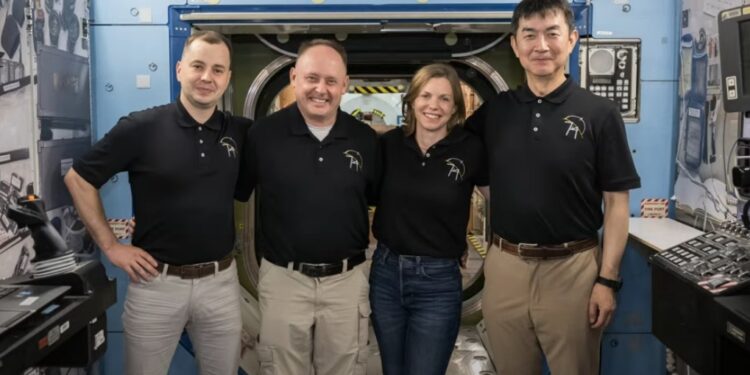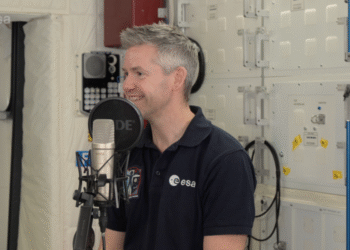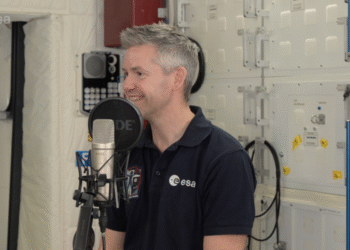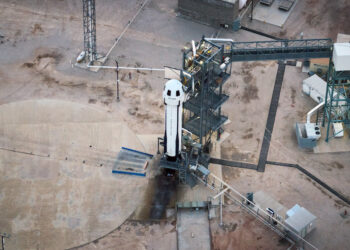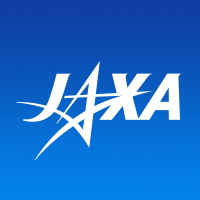NASA’s SpaceX Crew-11 is slated to continue the rich tradition of space science on the International Space Station (ISS), building on the accomplishments of its predecessors. The crew’s mission will focus on a variety of critical research projects aimed at advancing our understanding of space and its impact on human biology.
Key Research Areas
The Crew-11 mission includes a comprehensive research agenda. Among the primary experiments are:
- Microgravity effects on human health: This area of study examines how prolonged exposure to microgravity affects the human body, which is crucial for future long-duration missions.
- Space technology testing: The mission will evaluate new technologies that are essential for further exploration, such as new life support systems.
- Environmental monitoring: The crew will conduct experiments to monitor Earth’s climate and environmental changes from space.
Enhanced International Collaboration
This mission is also notable for its increased international cooperation. Crew-11 includes astronauts from NASA, ESA, and other international partners, emphasizing the collaborative nature of modern space exploration. This collaboration ensures a broad perspective and pooling of resources, facilitating greater scientific breakthroughs.
Education and Outreach
The Crew-11 mission goes beyond research by also prioritizing education and outreach. The crew will engage with students and the general public through various programs and live interactions, aimed at inspiring the next generation of scientists and engineers.
Overall, NASA’s SpaceX Crew-11 mission is a pivotal step in ongoing space science efforts on the ISS, promising new insights and technological advancements while fostering international collaboration and educational initiatives.
For more details, visit the original article.


